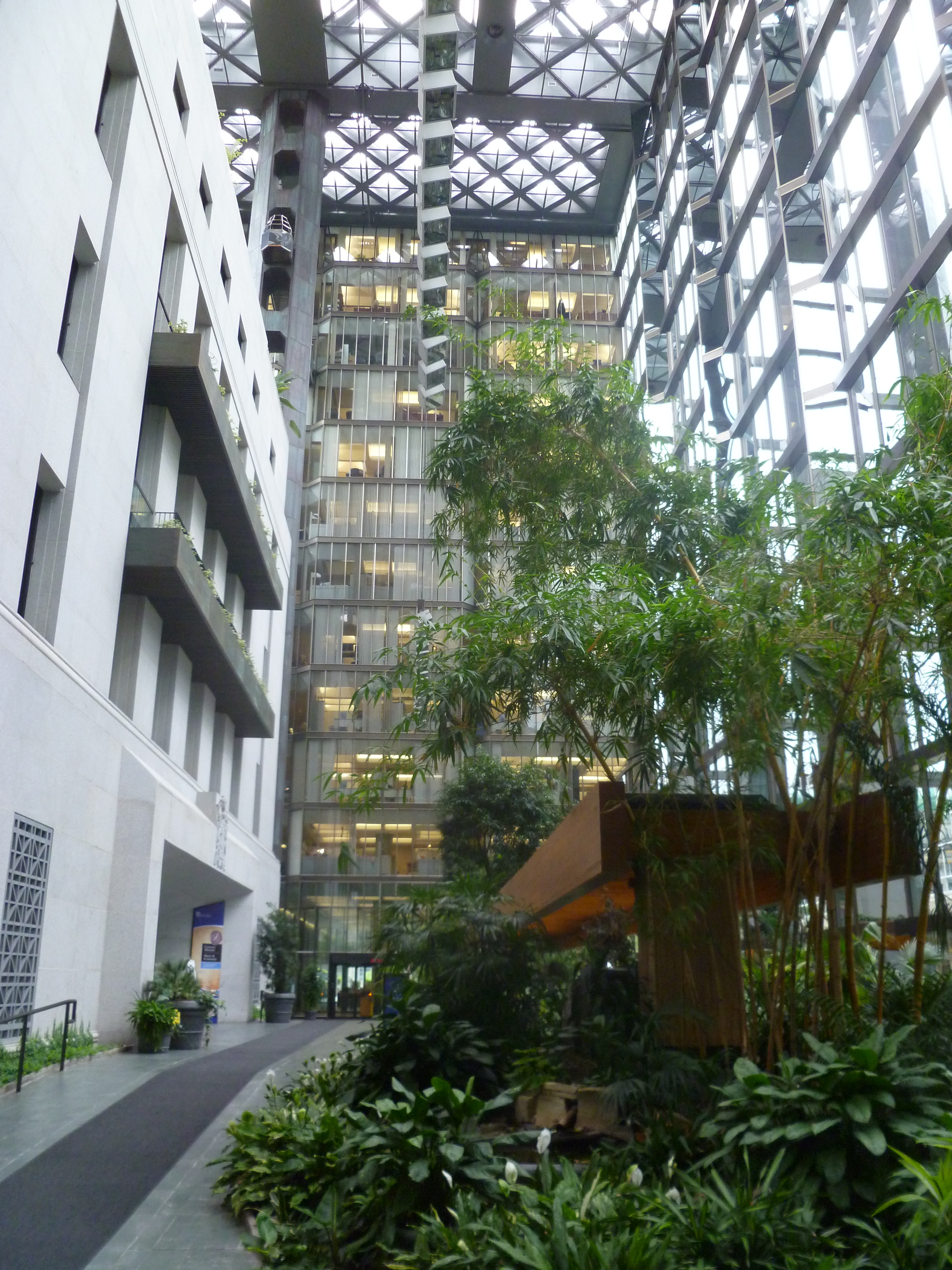Bank of Canada Building on:
[Wikipedia]
[Google]
[Amazon]
The Bank of Canada Building is the head office of the Bank of Canada. It is located at 234 Wellington Street in Ottawa, Ontario.
 In 2000, it was named by the
In 2000, it was named by the
Bank of Canada - head office
{{coord, 45.420877, N, 75.702807, W, region:CA-ON_type:landmark, display=title Federal government buildings in Ottawa Bank buildings in Canada Arthur Erickson buildings Bank of Canada
Description
It was built from 1937-1938 by architect Sumner Godfrey Davenport ofMontréal
Montreal ( ; officially Montréal, ) is the second-most populous city in Canada and most populous city in the Canadian province of Quebec. Founded in 1642 as '' Ville-Marie'', or "City of Mary", it is named after Mount Royal, the triple-p ...
, Québec, and completed by the Toronto-based firm of Marani, Lawson and Morris. The Bank of Canada Building replaced the Victoria Building to the east of this building on Wellington Street.
It is constructed of grey granite
Granite () is a coarse-grained ( phaneritic) intrusive igneous rock composed mostly of quartz, alkali feldspar, and plagioclase. It forms from magma with a high content of silica and alkali metal oxides that slowly cools and solidifies under ...
from Québec. It is late neoclassical in style, which was a very popular style at the time for banks. The Bank of Canada Building won a number of architectural awards, including the Gold Medal from the Royal Architectural Institute of Canada
The Royal Architectural Institute of Canada (RAIC) is a not-for-profit, national organization that has represented architects and architecture for over 100 years, in existence since 1907. The RAIC is the leading voice for excellence in the built ...
.
The large bronze front doors were designed by Ulysses Ricci
Ulysses Anthony Ricci (1888–1960) was an American sculptor known primarily for his architectural sculpture. Born in New York City, Ricci was an apprentice at the Perth Amboy Terra Cotta Works in New Jersey from 1902 to 1906. He studied at ...
of New York, and decorated with facsimiles of Greek coins from the British Museum
The British Museum is a public museum dedicated to human history, art and culture located in the Bloomsbury area of London. Its permanent collection of eight million works is among the largest and most comprehensive in existence. It docum ...
. The sculptures decorating the front facade were designed by Jacobine Jones, and they represent Canada's seven principal industries at the time: fishing, electricity, mining, agriculture, forestry, manufacturing, and construction. The cornerstone was placed by Prime Minister Mackenzie King and the Bank's first governor, Graham Towers.
Plans for additions in the 1940s and 1950s were scrapped, and while more substantial plans were drafted during the 1960s, construction was delayed due to Ottawa's already-strained construction industry, and only commenced in 1972. The glass structure behind the original 1937 building was completed in 1979 by the firm of Marani Rounthwaite & Dick (successor to Marani, Lawson and Morris) and Arthur Erickson
Arthur Charles Erickson (June 14, 1924 – May 20, 2009) was a Canadian architect and urban planner. He studied Engineering at the University of British Columbia and, in 1950, received his B.Arch. (Honours) from McGill University. He is known ...
. The building contains an enclosed courtyard with a large tropical garden bordering a shallow pool, which is very popular with wedding photographers, and a three-ton Yap Stone. In 2000, it was named by the
In 2000, it was named by the Royal Architectural Institute of Canada
The Royal Architectural Institute of Canada (RAIC) is a not-for-profit, national organization that has represented architects and architecture for over 100 years, in existence since 1907. The RAIC is the leading voice for excellence in the built ...
as one of the top 500 buildings produced in Canada during the last millennium.
References
External links
Bank of Canada - head office
{{coord, 45.420877, N, 75.702807, W, region:CA-ON_type:landmark, display=title Federal government buildings in Ottawa Bank buildings in Canada Arthur Erickson buildings Bank of Canada